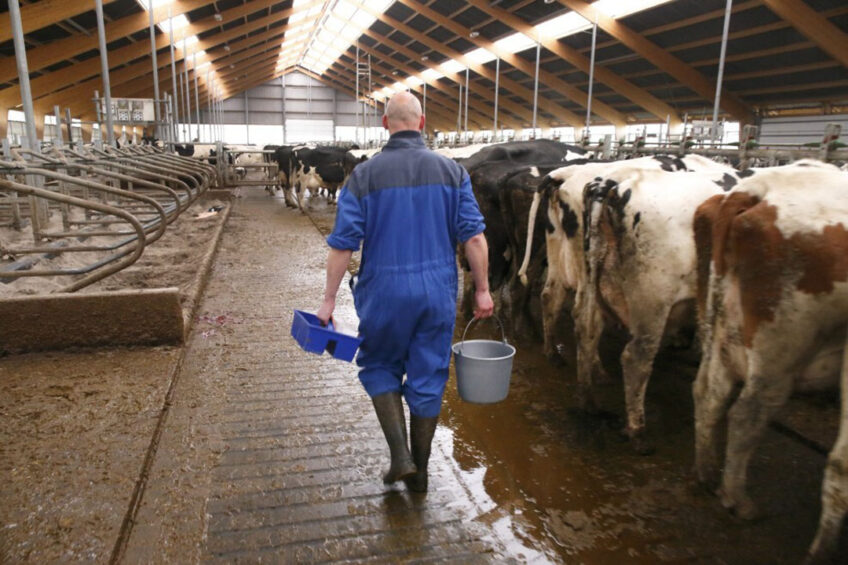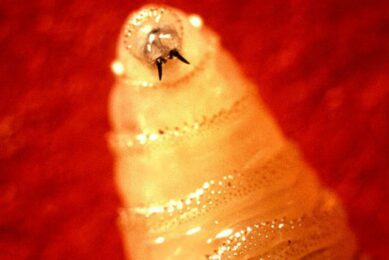Johne’s Disease: Identifying the right cows to cull

Cows that are losing control of Johne’s Disease should be prioritised for culling because they are potentially shedding large amounts of infectious bacteria.
That will be one of the key messages in a new priority cull report to improve Johne’s Disease management in dairy herd that will be delivered in a series of Johne’s masterclasses for cattle vets this autumn.
Developed by the Action Group on Johne’s, the report will be included in National Milk Records’ Johne’s screening service Herdwise from this October. Karen Bond, NMR vet, said: “We are highlighting the importance of identifying the right cows to cull among those infected with the Johne’s-causing bacteria Mycobacterium Avium subspecies paratuberculosis – commonly known as MAP.”
Bond, who is a key speaker at the series of 10 veterinary meetings, added: “We classify infected cows with repeated test results above 30 as ‘red’ cows, but the range above this can be extensive with some cows having much higher test results and a lot further on in the progression of disease than others. These cows present more of a risk of transmission and the infection will have a much greater impact on their performance.”
Johne’s Disease
The disease is characterised by a slowly progressive wasting of the animal and increasingly severe diarrhoea. It is found around the world. The organism is resistant to heat, cold and drying and can survive for extended periods in soil and even longer in water.
It is estimated that around one third of UK dairy herds are infected to some extent, but within herd prevalence has until recently been difficult to ascertain.
Earlier this year, PBD Biotech launched Actiphage – the world’s first test for Johne’s – that can detect live mycobacteria in the blood of calves and young animals, providing results within days to help with effective disease management.
The Priority Cull report will list cows with 2 consecutive results above 60 and/or 1 result above 100. “These cows are losing control of the disease and are likely to be shedding large amounts of MAP. They are the highest risk animals in the herd and the ones that should be prioritised for culling.
“We’re highlighting these new reports and the rationale behind them at the vet meetings and encouraging vets to incorporate them as part of their Johne’s Disease management plans on farm,” she added.
British retailers have been encouraging producers to move all ‘red’ cows from their herd. The new Priority Cull measure will allow, with the backing of their retailer and milk contract, producers and vets to focus culling decisions on those cows that pose the highest risk to their herd.
Join 13,000+ subscribers
Subscribe to our newsletter to stay updated about all the need-to-know content in the dairy sector, two times a week.










